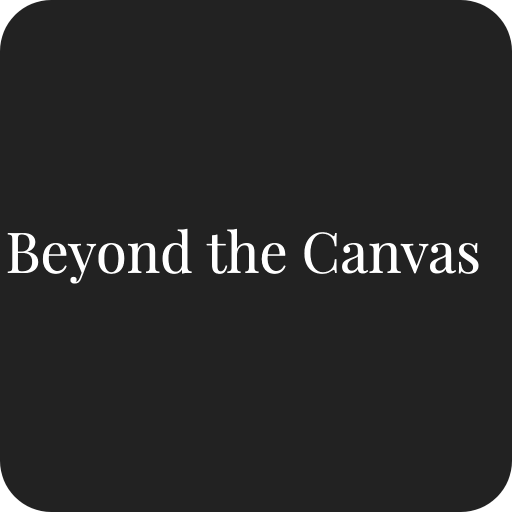- Beyond the Canvas

- Jul 16, 2022
- 1 min read
If there is an equivalent of Zoom fatigue for art shows, I 100% suffer from it. The ridiculous speed at which I move from one room to the other is incompatible with any coherent understanding of what's before my eyes. The best I can hope for is that adequate appreciation is happening on an unconscious level, but as far as retention and analysis go, they are sketchy at best.
The one marvellous thing I did take away from the Donatello exhibition at Palazzo Strozzi , is a renewed and profound sense of wonder for what an artist can do with marble. Donatello, a sculptor and an architect, possessed an extraordinary ability to use a vast array of materials: stucco, terracotta, wood, copper, bronze to name a few. Whatever he made, he managed to convey extraordinary expressive humanity and demonstrate insight into the psychology of his subjects. The so-called ‘schiacciato’ (flattened) technique, of which the Madonna Pazzi (1st and 2nd photo) is a jaw-dropping example, is a relief that produces an illusion of depth and perspective through the carving of very thin degrees of thickness. Framed inside a window, the Virgin and Child seem to emerge into the viewer's space. But what is most striking here, is how Donatello renders the tender relationship between mother and son. A serious-looking Virgin leans towards a smiling Jesus, expressing a poignant sense of foreboding about his destiny.
#donatello #palazzostrozzi #florence #sculpture #marble #earlyrenaissance #renaissance #artblog #blogger #beyondthecanvasblog








